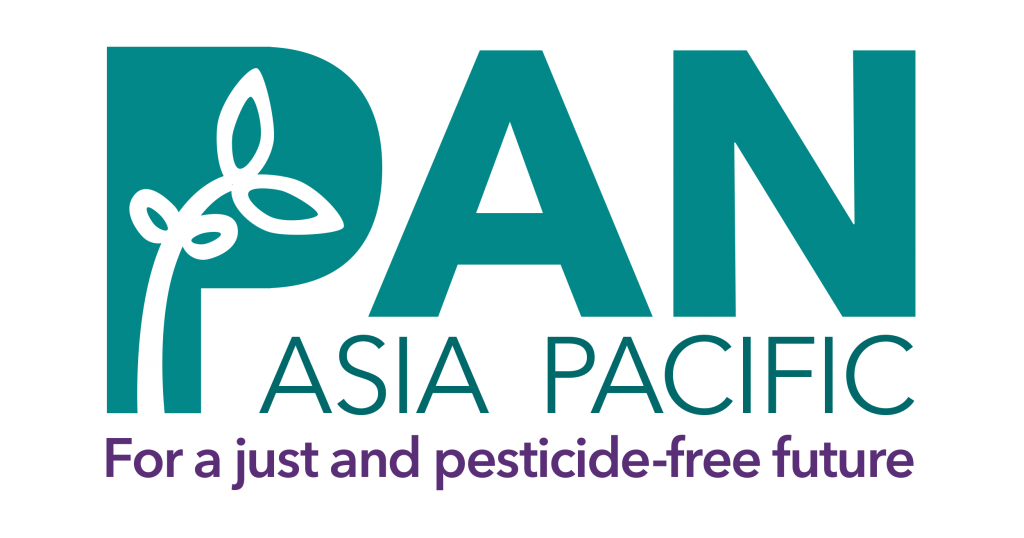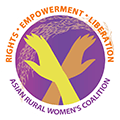PAN Asia Pacific, in collaboration with its networks and partners, will commemorate June 5th World Environment Day as part of the annual campaign to Protect Our Children from Toxic Pesticides.
Introduction
Every child has the right to a safe and healthy environment. The constant exposure of children to pesticides is extremely devastating to children’s health. Children breathe more air, eat more food and drink more water per unit of body weight compared to adults, which leads to greater exposure in a pesticide-contaminated environment. A study conducted by PANAP and its partners on schoolchildren shows that 98.6% of students in Vietnam reported that they were exposed to the pesticides in their homes and schools. Early life exposure can damage their still-developing brain and nervous system, disrupting mental and physiological growth.
Since June 5th 2014, PAN Asia Pacific (PANAP) and its partners have embarked on the annual Protect Our Children from Toxic Pesticides campaign to raise awareness among the public, especially parents, children, educators and policymakers on the impacts of harmful pesticides on children. PANAP believes that children have the right to safe food and a clean, healthy, pesticides-free environment. This was affirmed last year when the United Nations Human Rights Council adopted a resolution recognising the human right to a clean, healthy and sustainable environment as an important human right.
The POC Campaign aims to mobilise people all over the world to act for the protection of children from toxic pesticides, so that future generations can reach their full potential in health and well-being.
Theme and Objectives
Building upon this year’s World Environment Day theme “Only One Earth,” the Protect Our Children from Toxic Pesticides Campaign 2022 will be “Children’s Rights to a Pesticides-Free World.” The campaign aims to:
1) To raise awareness among parents, children, educators, and child rights advocates on the impacts of pesticides on children, and the importance of pesticides-free world for children;
2) To demand children’s rights to a safe, healthy and pesticides-free environment;
3) To encourage governments and policymakers to phase-out or ban Highly Hazardous Pesticides and other pesticides that are especially toxic to children, and promote agroecological alternatives;
4) To encourage the setting up of pesticide-free buffer zones around schools to help protect children from toxic pesticides.
Why Protect Our Children?
Children are vulnerable to pesticides exposure from conception to adolescence. Toxic pesticides are widely used in crops and households, putting children at risk of health problems such as breathing difficulties, damage to the nervous system, cancer later in life, and adverse impacts to their intellectual and behavioral development. Children’s exposure to pesticides is often evidenced through the presence of these harmful chemicals in their hair, blood and even urine. Directly or indirectly, children are being poisoned.
Children are exposed to pesticides not only from their homes or farms but in school as well. Schools are normally close to farms that are heavily dependent on pesticides, and pesticides drift often reach classrooms and schools. Moreover, pesticides poisoning often occurs due to a lack of knowledge on proper pesticides storage and disposal, with pesticides or pesticide containers within the easy the reach of children.
Through the practice of agroecology, households, farms and schools can be made into a much safer place for children, as there will be less exposure to toxic pesticides. Pesticide-free buffer zones of at least one kilometer around schools can help reduce pesticides exposure of schoolchildren.
Banning the Terrible Twenty pesticides that are especially toxic to children should also be considered a high priority for governments and policymakers. Among them is the widely used insecticide chlorpyrifos, which may cause brain damage in children. Chlorpyrifos is up for inclusion in the Stockholm Convention, which lists Persistent Organic Pollutants for global phase-out—thus, parents, child rights advocates and policymakers should make the final push to ban the toxic chemical in their own countries and especially in the Asia Pacific region.
Get Involved
There are several ways to get involved in the campaign:
1) Create/share short videos of children showing why they want a #PesticidesFreeWorld through a short message, drawing, or song and dance. Be creative! The video can be uploaded on social media platforms such as Facebook, Twitter, Instagram, and Tiktok.
To encourage participation, PANAP will be coming up with a short “Protect Our
Children” song and dance that can be taught to children—stay tuned!
2) Post photos of children holding DIY placards with our calls:
We Have the Right to a Healthy, Pesticides-Free World!
Protect Us! Ban Toxic Pesticides!
Agroecology for Our Future Now!
Pesticide-Free Buffer Zones Around Schools!
Healthy and Sustainable Food Systems For Us!
Or, you can download the placards under Resources here: bit.ly/POCToxicPesticides
Adults can also hold the placards but replace pronouns with the word “children”
3) Use the hashtags #ProtectOurChildren #PesticidesFreeWorld #WorldEnvironmentDay in your posts and tag us!
Instagram @justpesticidefreeasia
4) Initiate a local campaign for pesticide-free buffer zones around schools. Sign our petition to urge governments! bit.ly/SchoolBufferZones
5) Organize events (e.g. art contests, biking, storytelling, gardening, organic markets) involving children and youngsters to highlight children’s rights to a healthy, pesticides- free environment.
For storytelling sessions, you can use Zee The Bee, an illustrated book for children on the impacts of harmful pesticides, and help children appreciate biodiversity. ![]()
6) Download and share posters, infographics, videos and other materials on our Protect Our Children from Toxic Pesticides campaign page: bit.ly/POCToxicPesticides
We’ll be updating our POC campaign materials soon!
7) Write to your governments to encourage local or national bans on pesticides that are especially toxic to children.
PANAP will be releasing a policy brief and sample letter to governments for a ban on chlorpyrifos. Stay tuned!
Together, let’s work to Protect Our Children from Toxic Pesticides! Contact us at poc@panap.net if you are interested to join!








Discussion about this post